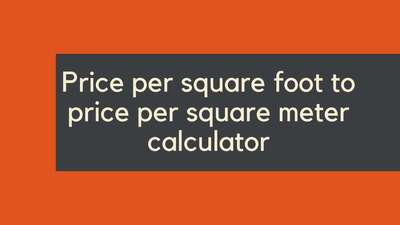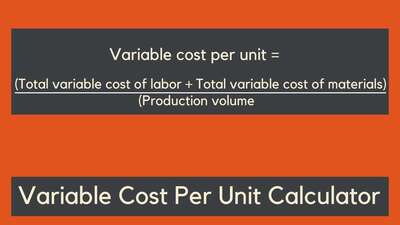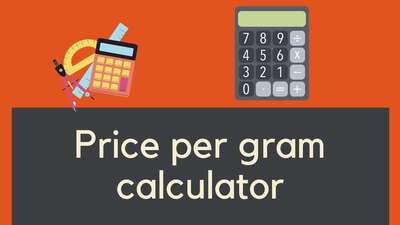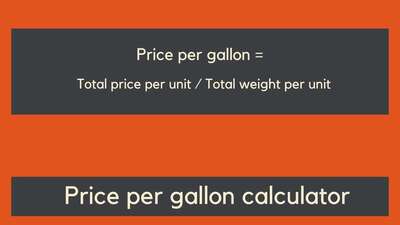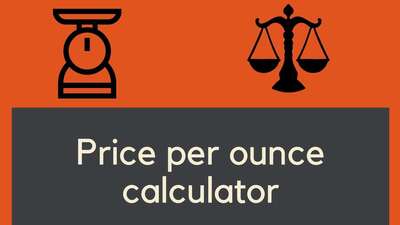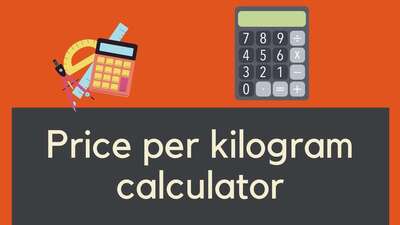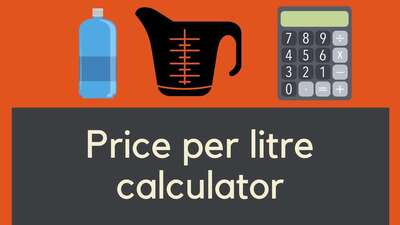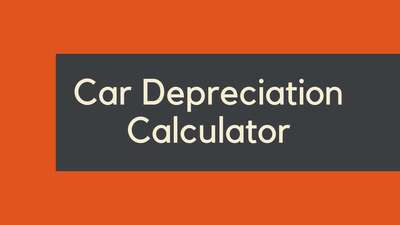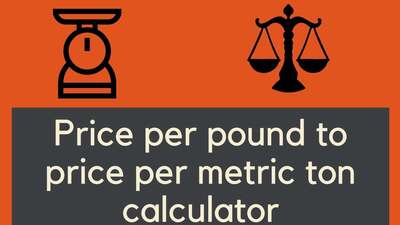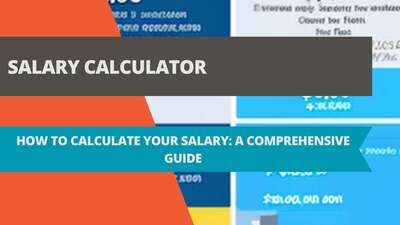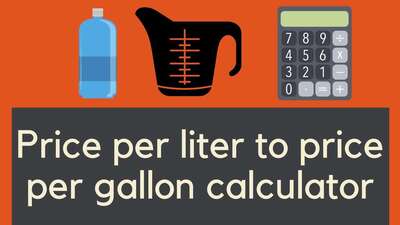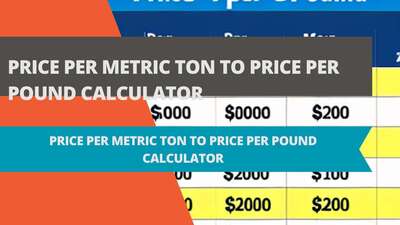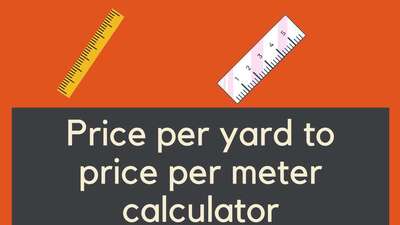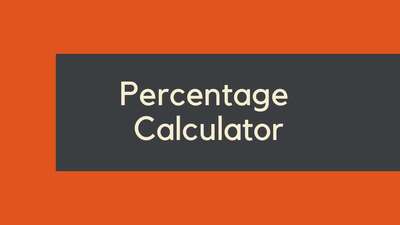Loan Payment Calculator
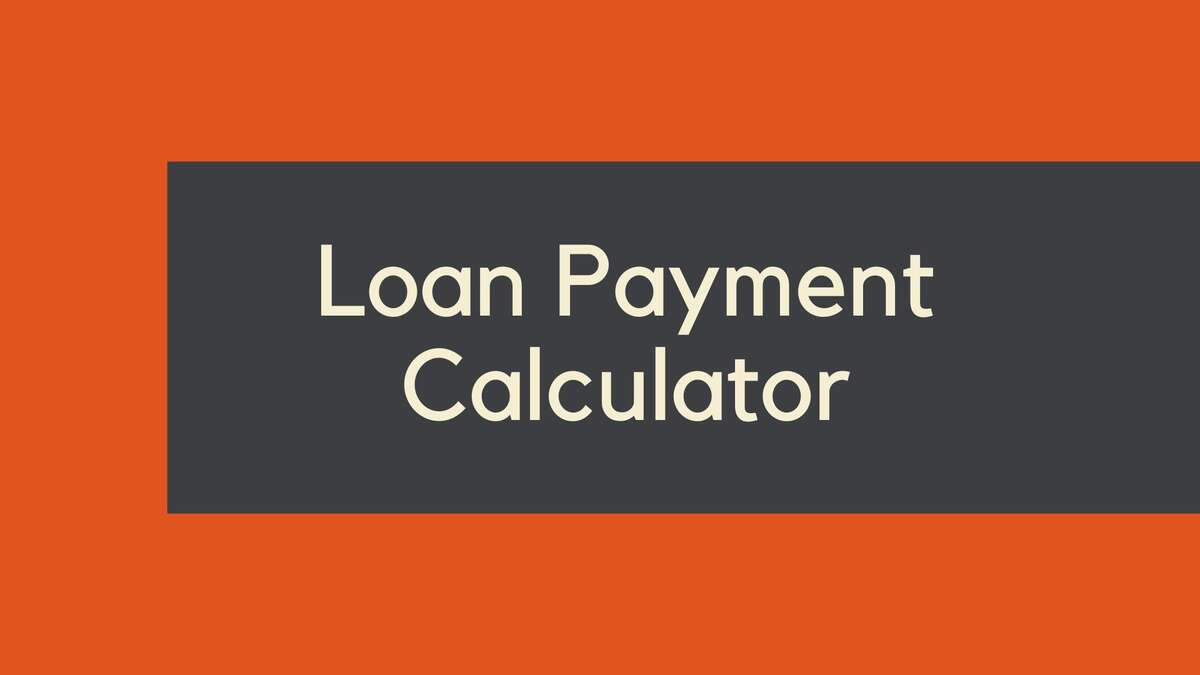
- What is a Loan Payment Calculator?
- The Formula for Calculating Loan Payments
- Examples of Using a Loan Payment Calculator
- Explanation of Using a Loan Payment Calculator
- The Difference Between Fixed and Variable Interest Rates:
- The Role of Additional Payments:
- Considering Other Costs:
- The Digital Evolution of Loan Calculators:
- Delving Deeper into Loan Payment Calculators:
- FAQs
- Q: Can a loan payment calculator help me determine if I can afford a loan?
- Q: Can I use a loan payment calculator for any type of loan?
- Q: How accurate are loan payment calculators?
- Q: Can I change the loan amount or interest rate in a loan payment calculator?
- Q: Are loan payment calculators free to use?
- Conclusion
What is a Loan Payment Calculator?
A loan payment calculator is an online tool that helps you calculate your monthly loan payments, interest rate, and total interest paid over the life of the loan. It's an essential tool that can help you make an informed decision about taking out a loan.
The Formula for Calculating Loan Payments
The formula for calculating loan payments is based on the principle of compounding interest. The formula is:
P = (r * A) / (1 - (1 + r)^-n)
Where:
- P = Payment
- A = Loan Amount
- r = Interest Rate per Period
- n = Total Number of Periods
For example, if you take out a $10,000 loan for five years at an interest rate of 5%, the formula would look like this:
P = (0.05/12 * 10000) / (1 - (1 + 0.05/12)^-(5*12))
This means that your monthly payment would be $188.71.
Examples of Using a Loan Payment Calculator
Let's look at a few examples to see how a loan payment calculator can be used in real-life scenarios.
Example 1: Mortgage Payment Calculator
Suppose you're looking to buy a house for $300,000 and plan to put a 20% down payment of $60,000. You take out a mortgage for the remaining $240,000 at an interest rate of 3.5% for 30 years. Using a mortgage payment calculator, you can determine that your monthly payment will be $1,078.52.
Example 2: Car Loan Payment Calculator
Suppose you're looking to buy a car for $20,000 and plan to put a 10% down payment of $2,000. You take out a car loan for the remaining $18,000 at an interest rate of 5% for five years. Using a car loan payment calculator, you can determine that your monthly payment will be $340.41.
Explanation of Using a Loan Payment Calculator
A loan payment calculator uses the loan amount, interest rate, and loan term to calculate the monthly payment. The interest rate is the cost of borrowing the money, expressed as a percentage of the total loan amount. The loan term is the length of time you have to repay the loan.
The Importance of Knowing Your Loan Details:
Loans, while a beneficial financial instrument, come with intricacies that every borrower must comprehend. Delving into the specifics of a loan entails understanding not just its face value but also the nuances that affect its long-term implications. Key details such as the principal (the core borrowed amount), the interest rate (which dictates the extra you'd repay over time), and the duration (the time span of the loan) are fundamental aspects to grasp.
Merely being aware of the monthly repayment amount isn't sufficient. It's about piecing together each component to gauge the overall financial impact. When you grasp the aggregate cost of the borrowed sum, it paves the way for a more informed and strategic approach to loan management.
This is where tools like the loan payment calculator come into play. With its ability to swiftly dissect and present these numbers, borrowers are empowered with a holistic view of their financial commitment. Such clarity allows individuals to make decisions that align with their financial capabilities and goals, ensuring they're not caught off guard by unexpected loan-related expenditures.
The Difference Between Fixed and Variable Interest Rates:
When diving into the world of loans, understanding the distinction between interest rate types is paramount. Two primary types dominate the landscape: fixed rates and variable rates. Each has its own set of characteristics and implications for borrowers.
Fixed Interest Rates: As the name suggests, fixed rates are static and don't change throughout the tenure of the loan. This offers borrowers a sense of security and predictability. Knowing that your rate won't shift means your monthly payments remain consistent, simplifying budgeting and long-term planning.
Variable Interest Rates: Conversely, variable rates are dynamic. They are typically tied to external financial benchmarks or market conditions, meaning they can increase or decrease over time. While there's a potential for borrowers to benefit from low rates in favorable market conditions, there's also a risk of rates rising, leading to higher monthly payments.
For individuals using a loan payment calculator, it's imperative to factor in these dynamics. For fixed-rate loans, the calculation remains straightforward. However, with variable rates, it's wise to run multiple scenarios accounting for potential rate fluctuations. This proactive approach gives borrowers a more comprehensive understanding, equipping them to handle a range of future financial situations.
The Role of Additional Payments:
Most borrowers are acquainted with the conventional approach to repaying loans: making consistent monthly payments over a predetermined period. However, a strategy some might overlook is the impact of additional payments. These can drastically influence the course and cost of a loan.
Standard Loan Calculators: Typically, loan calculators offer a baseline view, computing monthly dues based on given terms such as the loan's principal, interest rate, and duration. While this provides an essential snapshot, it doesn't account for variations in repayment strategies.
The Power of Extra Payments: By making additional contributions to your loan – be it monthly, quarterly, or even sporadically – you can significantly reduce the loan's duration and the cumulative interest. This strategy not only hastens the loan payoff but can save borrowers a considerable sum in the long run.
Advanced Calculation Tools: Recognizing the potential of this repayment strategy, some advanced loan calculators have incorporated features to account for extra payments. By inputting the additional amount and frequency, borrowers can visualize a revised loan timeline and the associated interest savings. Such tools are invaluable for those who aspire to free themselves from debts faster than the standard tenure.
In conclusion, while standard repayment remains a viable strategy for many, understanding the potential benefits of making additional payments can offer a fresh perspective on debt management. The right tools and calculators make this exploration both informative and empowering.
Considering Other Costs:
When contemplating a loan, it's easy to become fixated on the primary numbers – the loan amount and the interest rate. However, a comprehensive financial overview requires delving deeper into the various associated costs that might not be immediately apparent.
The Limitations of Basic Loan Calculators: Most standard loan payment calculators provide results based solely on the principal and interest rate. While this offers a foundational understanding, it potentially overlooks several other financial responsibilities attached to loans.
Mortgage Costs Beyond Principal and Interest: Taking a mortgage as an example, there are often supplementary costs to bear in mind. Property taxes can significantly augment monthly outflows, varying based on location and property value. Additionally, there's insurance – essential for protecting your investment. Furthermore, those purchasing within certain communities might also be subject to homeowner association (HOA) fees, which cover communal amenities and maintenance.
Additional Costs for Car Loans: In the context of car loans, while monthly payments might seem manageable at first glance, the total financial commitment expands when considering other factors. Maintenance is an inevitable aspect of vehicle ownership, with costs varying based on the car's age and type. Then there's insurance, which is legally mandated in many regions and can differ significantly based on coverage levels and driver profiles.
In summation, while loan payment calculators serve as valuable tools in initial financial planning, a holistic budgeting approach mandates the inclusion of all associated costs. Only by considering these can borrowers truly gauge the entirety of their financial commitment and prepare accordingly.
The Digital Evolution of Loan Calculators:
The rapid progress of technology has had a profound impact on many aspects of our daily lives, and the realm of finance is no exception. The convenience of accessing critical financial tools anytime, anywhere, has transformed the way people approach borrowing and financial planning.
From Desktop to Mobile: Gone are the days when loan payment calculators were limited to desktop-bound websites. Today, with the proliferation of smartphones and tablets, mobile applications have stepped up to offer similar functionalities. This has been a game-changer, offering users the convenience to assess their loan prospects on-the-move.
Integration with Digital Banking: Not stopping at standalone apps, innovative digital banking platforms have started integrating these calculators into their core services. This not only allows customers to calculate their potential loan payments but also provides an opportunity to apply for the loan instantly if the numbers align with their budget.
Empowering Quick Decisions: Imagine being at a car dealership, contemplating a car purchase, and having the ability to instantly calculate the monthly payments, all from your mobile device. Or while viewing a potential home, determining mortgage costs on the spot. This real-time information access empowers consumers to make informed, swift decisions.
In essence, the digitization of loan calculators epitomizes the broader trend of using technology to democratize financial knowledge. It underscores a future where everyone, regardless of their tech proficiency, can have a grasp of their financial realities and make empowered choices.
Delving Deeper into Loan Payment Calculators:
A loan payment calculator is a digital solution, primarily available online, designed to simplify the often complex calculations associated with loans. By inputting key details like the loan amount, the interest rate, and the loan duration, users can swiftly determine their monthly payments. But that's not all; this tool also breaks down the amount that goes towards interest over the loan's entire duration, thereby revealing the true cost of borrowing.
One of the primary benefits of using a loan payment calculator is its ability to provide clarity. For potential borrowers, it's not just about getting the money; it's about understanding the financial commitment they're about to undertake. This calculator helps paint a clearer picture by translating abstract numbers into tangible monthly payments, giving individuals a realistic perspective on their potential financial obligations.
Furthermore, in a world where financial literacy is increasingly essential, tools like the loan payment calculator empower individuals to take control of their finances. By offering real-time insights into the nuances of loan repayment, it allows users to compare various loan scenarios, adjusting factors like loan tenure or interest rates, to determine the most favorable terms. Hence, for anyone considering borrowing, whether for a home, car, or personal needs, a loan payment calculator stands as an indispensable ally in making informed, strategic decisions.
FAQs
Q: Can a loan payment calculator help me determine if I can afford a loan?
A: Yes, a loan payment calculator can help you determine if you can afford a loan by calculating your monthly payments based on the loan amount, interest rate, and loan term. It can help you determine if the monthly payments fit within your budget.
Q: Can I use a loan payment calculator for any type of loan?
A: Yes, you can use a loan payment calculator for any type of loan, whether it's a mortgage, car loan, personal loan, or student loan. You
Q: How accurate are loan payment calculators?
A: Loan payment calculators are typically very accurate, as long as you input the correct loan amount, interest rate, and loan term. However, it's essential to keep in mind that they are only estimates, and the actual payments may differ slightly based on factors like late fees or changes in interest rates.
Q: Can I change the loan amount or interest rate in a loan payment calculator?
A: Yes, most loan payment calculators allow you to change the loan amount or interest rate to see how it affects your monthly payments.
Q: Are loan payment calculators free to use?
A: Yes, most loan payment calculators are free to use and can be found online. You don't need to sign up or provide any personal information to use them.
Conclusion
A loan payment calculator is a useful tool that can help you determine your monthly loan payments, interest rate, and total interest paid over the life of the loan. It's an essential tool for anyone who wants to take out a loan, whether it's for buying a house, a car, or paying for college tuition. By understanding how loan payment calculators work, you can make an informed decision about taking out a loan that fits within your budget and financial goals.
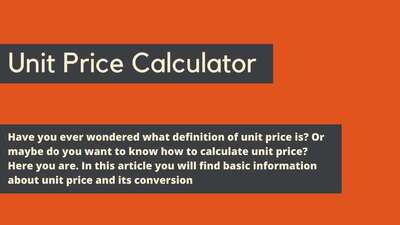

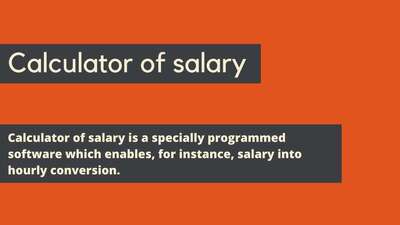


![Car Loan Calculator: Definition, Formula, Examples, and FAQs [2023 Guide]](/images/page/400/car-loan-calculator-13.jpg)
